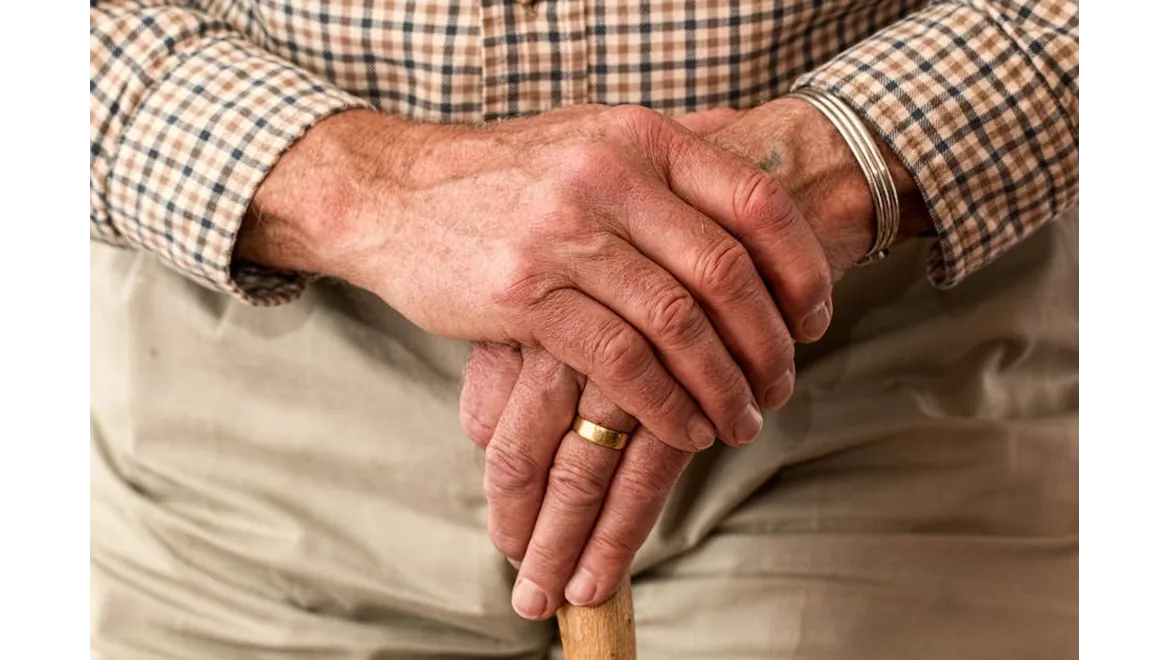Right, settle in, let me tell you about my chat with George. He’s been getting really into home workouts lately, focusing on strength training to keep himself active and independent. We were swapping stories about sore muscles and wobbly legs, but it got me thinking – it’s not just about doing the exercises, it’s about fuelling them properly, especially when you’re a bit further down the road! I’ve been delving into articles lately focusing on wellness and making the best use of your home for exercise and relaxation. Think yoga in the orangery – bliss! But today, it’s all about the strength side of things, and how it ties in with nutrition.
“George,” I said, pouring us both a cuppa, “are you thinking about what you’re eating before and after your sessions?” He looked a bit sheepish. “Not really,” he admitted. “Just having a biscuit with my tea, to be honest.” Ah, the classic post-workout treat! Nothing wrong with that occasionally, but George needed a bit more knowledge.
Protein Power: Building Blocks for Muscles
So, the first thing we talked about was protein. It’s absolutely crucial, especially for seniors. As we age, we naturally lose muscle mass, a process called sarcopenia. Strength training helps counteract this, but protein provides the building blocks to actually rebuild those muscles after a workout. I explained that George should aim for roughly 1.0 to 1.2 grams of protein per kilogram of body weight per day. That might sound like a lot, but it’s manageable.
“So, what are we talking? Chicken at every meal?” he joked.
“Not necessarily!” I laughed. “Think about things like Greek yoghurt for breakfast, maybe with some berries. A handful of nuts as a snack. Lentil soup for lunch. Fish or chicken for dinner, sure, but also beans and tofu are great options.” We went through some meal ideas together. A post-workout smoothie with protein powder, banana and milk became his new obsession! And he started including eggs in his diet more often. Scrambled, poached, frittatas – all protein-packed and delicious.
Hydration: The Unsung Hero
Next up: hydration. This is something people often forget, regardless of age. But staying hydrated is vital for muscle function, energy levels, and overall health. I told George that he needed to be drinking plenty of water throughout the day, especially before, during, and after his workouts. “Don’t wait until you’re thirsty,” I cautioned. “Thirst is a sign you’re already dehydrated!” I suggested carrying a water bottle around the house and sipping on it regularly. He found it helpful to set reminders on his phone to drink more water. A glass of water before starting the exercises then another during and after the exercises.
Essential Nutrients: The Supporting Cast
We then moved onto the supporting cast of essential nutrients. These are vitamins and minerals that play a crucial role in muscle function, bone health, and overall well-being. For example, calcium and vitamin D are vital for strong bones, which are especially important for seniors. Magnesium helps with muscle relaxation and can prevent cramps. Potassium is essential for muscle contraction. Where do you get these? A well-balanced diet, of course! I encouraged George to eat a variety of fruits and vegetables, whole grains, and healthy fats. Think colourful plates bursting with goodness. The wellness articles I’ve been reading always stress the importance of a varied diet, and it really makes a difference.
Snack Attack: Optimising Performance and Recovery
Finally, we discussed snacks. Forget the biscuits (well, maybe just one!). I suggested healthier options to fuel his workouts and aid recovery. A banana with a spoonful of peanut butter, a handful of almonds, a small bowl of cottage cheese with berries – these are all great choices. The key is to choose snacks that provide a combination of protein, carbohydrates, and healthy fats.
The Home Advantage: Space and Serenity
Of course, all this works even better when you have a dedicated space for your home workouts. Thinking about it, George could maybe move his dumbbells into his conservatory. That would be a fantastic way to enjoy his workouts in natural light. As the articles I’m studying suggest, even a small corner of a room can be transformed into a mini-gym. And don’t forget the power of relaxation! Yoga or meditation can be easily incorporated into your home routine, maybe even in your orangery if you’re lucky enough to have one. It’s all about creating a holistic approach to wellness, and your home space plays a crucial role in that.
So, George left armed with a list of protein-rich meal ideas, a renewed commitment to hydration, and a better understanding of the importance of essential nutrients. Ultimately, it’s all about making small, sustainable changes to your diet and lifestyle to support your strength training efforts and maintain your mobility and independence as you get older. Fuelling your body is just as important as the exercise itself, and both work together to help you stay strong, healthy, and active. Remember to eat well, stay hydrated, get those essential nutrients and you’ll be well on the way.


